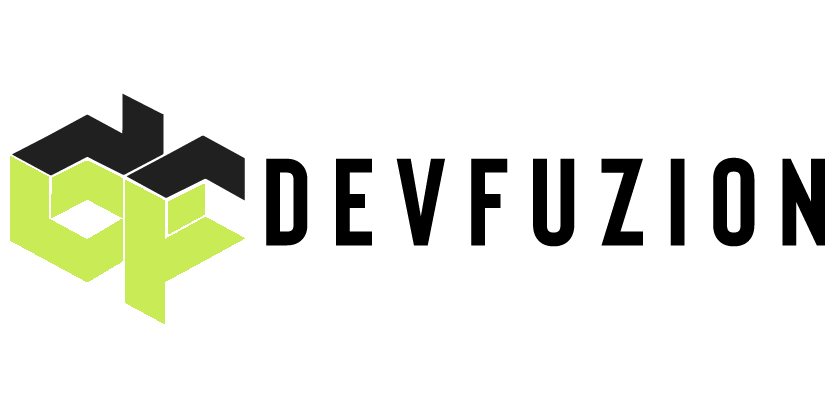In an era dominated by digital advancements, the insurance industry finds itself at the intersection of innovation and vulnerability. As insurers embrace technology to streamline operations and enhance customer experiences, they simultaneously face a growing array of cybersecurity challenges. In this article, we delve into the evolving landscape of cybersecurity in the insurance sector, exploring current trends and the unique challenges that insurers must navigate to safeguard sensitive data.

The Current State of Cybersecurity in Insurance
The rapid digitization of the insurance industry has given rise to an interconnected web of data that is both an asset and a potential target for malicious actors. Insurers deal with vast amounts of sensitive information, including personal details, financial records, and proprietary business data. As a result, the stakes in the realm of cybersecurity have never been higher.
Trends Shaping Cybersecurity in Insurance
- Advanced Persistent Threats (APTs): Cybercriminals are becoming increasingly sophisticated, employing APTs to gain prolonged access to insurance systems. Understanding and countering these persistent threats have become top priorities for insurers.
- Cloud Security Adoption: With the industry’s shift towards cloud-based solutions, ensuring the security of data stored in the cloud is paramount. Insurers are adopting robust cloud security measures to protect against data breaches and unauthorized access.
- Artificial Intelligence (AI) and Machine Learning (ML): The integration of AI and ML technologies is transforming how insurers approach cybersecurity. These tools enhance threat detection capabilities and provide a proactive defense against emerging risks.
- Regulatory Compliance Demands: Governments and regulatory bodies are tightening their grip on cybersecurity standards. Insurers must stay abreast of evolving compliance requirements to avoid legal consequences and maintain customer trust.
- Insider Threats: While external threats often take the spotlight, the risk of insider threats cannot be overlooked. Insiders with access to sensitive data pose a significant challenge, necessitating robust internal controls and monitoring mechanisms.

Challenges Facing the Insurance Industry
- Ransomware Proliferation: The insurance sector has witnessed a surge in ransomware attacks, with cybercriminals targeting sensitive data and demanding substantial ransoms. Insurers must fortify their defenses and develop effective incident response plans to mitigate the impact of such attacks.
- Legacy System Vulnerabilities: Many insurers still rely on legacy systems that may lack the security features required to withstand modern cyber threats. Transitioning to more secure and up-to-date systems poses a challenge in terms of cost and operational disruption.
- Third-Party Risks: As insurers collaborate with various third-party vendors and partners, the risk of supply chain attacks increases. Ensuring the security of the entire ecosystem, including third-party entities, is crucial for comprehensive cybersecurity.
- Cybersecurity Skills Gap: The demand for skilled cybersecurity professionals exceeds the current supply, creating a skills gap that leaves insurers vulnerable. Investing in training programs and attracting top talent are essential steps to bridge this gap.

Navigating the Path Forward
To thrive in this evolving landscape, insurers must adopt a proactive and multi-faceted approach to cybersecurity. This includes:
- Investing in Education and Training: Equip employees with the knowledge and skills needed to identify and respond to potential threats.
- Implementing Robust Cyber Hygiene Practices: Regularly update systems, conduct security audits, and enforce strong password policies to fortify defenses against both external and internal threats.
- Leveraging Advanced Technologies: Embrace AI, ML, and other cutting-edge technologies to stay ahead of cyber threats and enhance incident response capabilities.
- Fostering a Culture of Security: Instill a security-first mindset throughout the organization, emphasizing the collective responsibility of employees in safeguarding sensitive information.
As the insurance industry continues its digital transformation journey, the ability to adapt to emerging cybersecurity trends and effectively address challenges will be instrumental in maintaining customer trust, complying with regulations, and securing a competitive edge in an increasingly connected world. The path forward demands vigilance, innovation, and a steadfast commitment to cybersecurity excellence.

